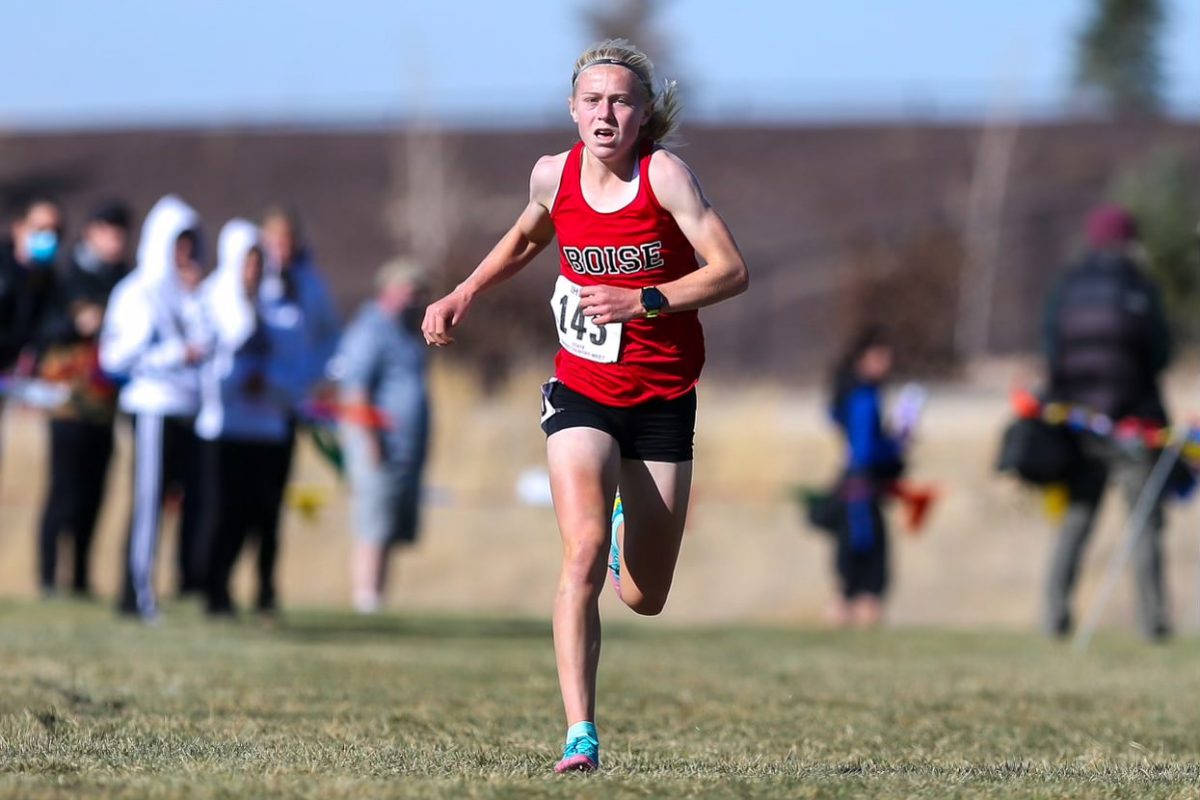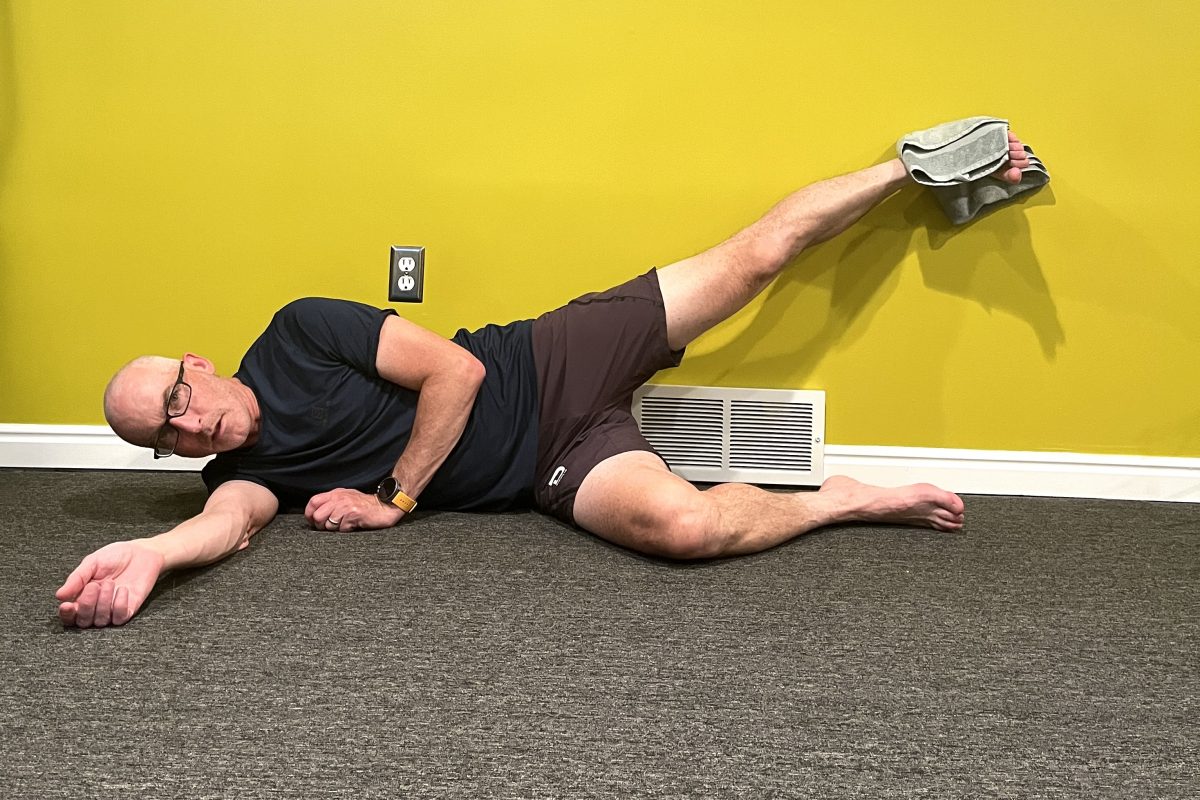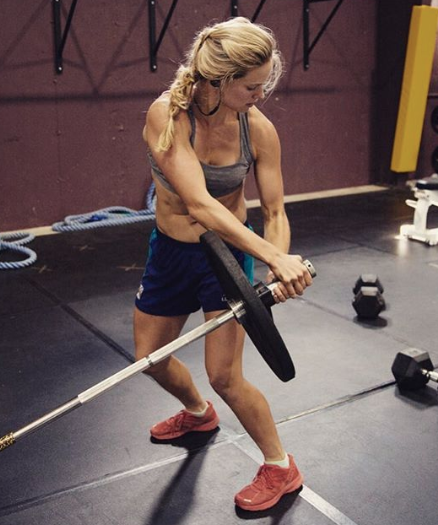Fine Tuning of technique demands a specific methodological approach. We would like to demonstrate that by looking at the example of upper body work and arm movements during the technique “V1 skateâ€. Specific movement analyses and skilled exercises lead towards perfection of technique.
, advanced (fine coordination), and expert (automation). The stage of fine tuning can be characterized in the following way: Your movement as a whole and in its parts coheres to the time-spatial and dynamic structure. Movement criteria such as rhythm and economy are well established in favorable conditions but can still be disrupted. Your imagination of the movement is clear and includes timing as well as dynamic and kinesthetic components. That means that you see and feel what you are doing. Furthermore, you are able to verbalize your sensations. You include auto-feedback to control your movements. </p>
<p><b>The respective phase of the learning process determines the proper method</b></p>
<p>While at the first stage of learning the initial movement is practiced as a whole and in easy external conditions, fine tuning at the advanced level is best achieved through a focus on partial elements. The components of the movement should be isolated and practiced specifically. A conscious selection of exercises and the right load provide the crucial learning experiences that lead to the improvement of technique.</p>
<p>Particularly beneficial are tasks that intensify individual feedback. Single poling exercises or “V1 skate†in strongly tilting terrain (cp. skating in serpentines) offer relevant information for the learning process. Contrasting experiences such as skating with upright or bend upper body also create valuable impressions. Due to the fact that advanced skiers are able to integrate kinesthetic information (“to feel”) in their process of movement control, the extension of sensory expectation plays an important role. So, the right upper body work is typically connected to a feeling of tension in your sideways stomach muscles. Skiers, who know this feeling and store it in their memory, possess a crucial instrument of movement control. </p>
<p>In order to develop movement imagination and thus technique, it is vital to use ones cognitive skills i.e. to reflect upon the movement. Movement perception, evaluation and correction (compare aim with actual performance) demand well-founded movement analyses. Special knowledge from the field of movement science is the basis of technical training. </p>
<p><b>In the following we would like to demonstrate that with the example of upper body work and poling during “V1 skateâ€: </b></p>
<p> “V1 skate†is the main technique for steep terrain. Expert skiers are able to perform this technique in a harmonious and fluent motion. Every second push-off is accompanied by an offset double pole stroke. The momentum of push-off and poling intertwine rhythmically, and the motto for steep hills is: “Keep the wheel spinning” .The right and the left arm work slightly different according to the terrain (steepness and tilt). A so called dominant side (DS) evolves (right arm — picture 1-5), which differs from the other side (non-dominant side) as far as poling and leg motion is concerned. More power is transferred onto the snow on the dominant side. This force is more directly aimed at the skiing direction and is applied over a longer time, thus being mainly responsible for the forward motion. Poling on the non-dominant side supports the weight shift. </p>
<p>The movement cycle starts from the initial position (picture 1) and continues on through the double pole stroke and the sideways push-off on the DS (picture 1-3) initiating the weight transfer to the other side. There is a short glide and a slight recovery on the non-dominant side (NDS, picture 3-4, left leg) before the sideways push-off and poling begin. Weight is gradually transferred back to the right side (picture 4-6), and finally the initial position is reached again on the dominant side (picture 1/6).<br />
<BR><center><img decoding=)



